Welcome to the Nature portal of Well-rounded. Where the beauty and bounds of Nature are explored in the physical world, and that of our species as well as our role and known behaviour generally and our relationship with “Nature”.
What is Nature?
Nature encompasses the products of the earth, but nothing man-made except for giving birth. At least concerning the natural world. Nature also describes the basic, inherent features or characteristics of something. Anything, living like a sea slug or non-living like lava, even human beings.
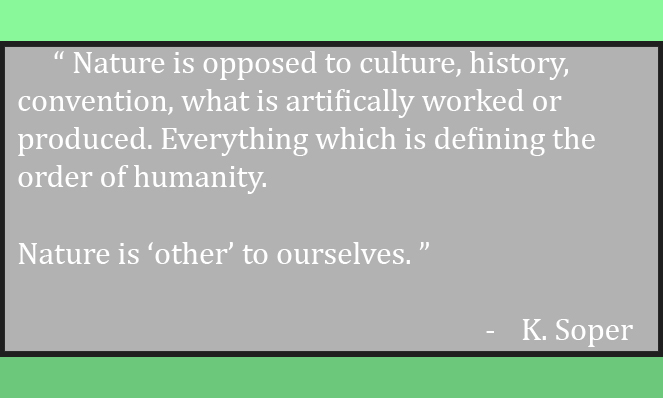
Nature is seen as opposed to culture, history, convention, and what is artificially worked or produced. Everything that is defining the order of humanity. But what is it really? and aren’t we a part of it?
The Natural world – Nature
Since the beginning of mankind, we have relied on nature to survive and have revered it up until recently. The natural world is awesome, inspiring, beautiful, and fulfilling to connect with. We, as a species, need to do more to conserve and preserve it. The natural world consists of flora and fauna, both of which play significant roles in how the ecosystems they belong to thrive and are sustained.
Flora
In the natural world, flora consists of trees, shrubs, flowers, and fungi, as well as all their component parts and products. Such as seeds, pollen, nectar, fruits, and leaves. Most flora absorbs nutrients from water and soil and uses them in combination with sunlight to produce glucose and oxygen in a process called photosynthesis. The green colour of most flora is from chlorophyll, which is responsible for the absorption of sunlight which powers glucose production.
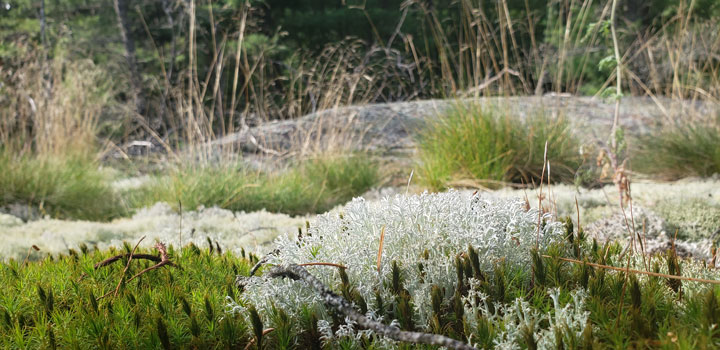
Trees
Trees typically contain one large and tall main stem (trunk) protruding from the ground and forming an array or crown of branches and leaves to gain as much sun exposure as possible.
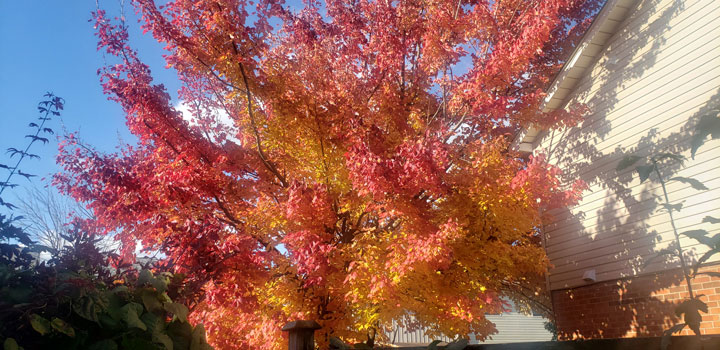
They can be deciduous, which shed their leaves in autumn until spring, and are the typically shaped maple, oak, and birch trees vastly observed in regions between the polar areas and in tropical climates. If the area they are in an area prone to autumn and winter the logic behind losing the leaves stems from the energy economy, where shorter days = less sun.
Therefore, there is no need for producing chlorophyll-filled leaves, resulting in conserved energy. They can also be coniferous, which are cone-shaped, and usually have spiny prickly needles. They make chlorophyll year-round but at a much slower rate compared to their counterparts. This type of tree can be found en masse in boreal regions with low soil nutrient content. Both types aim to grow tall and wide to catch the most sun possible.
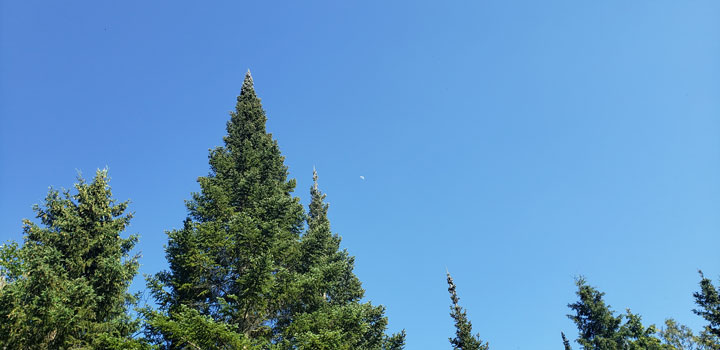
Similar to trees, there are shrubs that contain a few anatomic differences from trees. Namely, shrubs do not contain one large trunk, they protrude from the ground via several smaller trunks. They are pretty much like the crown of the tree sprouting directly out of the ground. Hedges are formed when multiple shrubs grow in a linear row, humans would grow hedges to divide the land.
Both trees and shrubs can contain leaves, fruit, and flowers. Leaves are comprised of the simple leaf, which is one leaf on a single leaf stem, or the complex leaf, which is multiple leaves of leaflets on a single leaf stem.
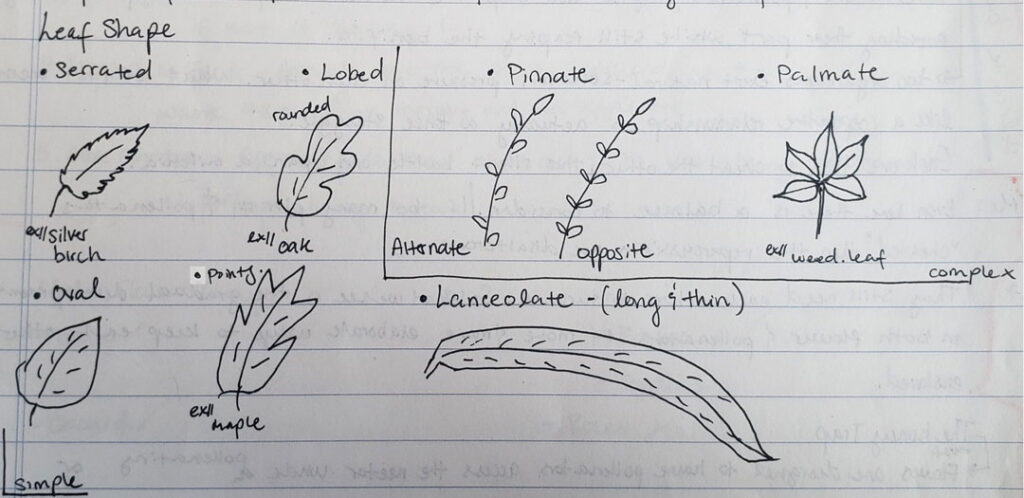
Flowers
The sole purpose of all flowers is to allow reproduction. Angiosperms.
Flower petals use bright pigments in both and visible and Ultra-Violet colour spectra to attract and make a direct path for nectar-seeking creatures to spread its pollen. Most flowers are hermaphrodites, however, inbreeding typically creates unhealthy offspring. Therefore, scattering large amounts of pollen to the winds or having pollinators interested in the nectar is essential to the survival of the plant.
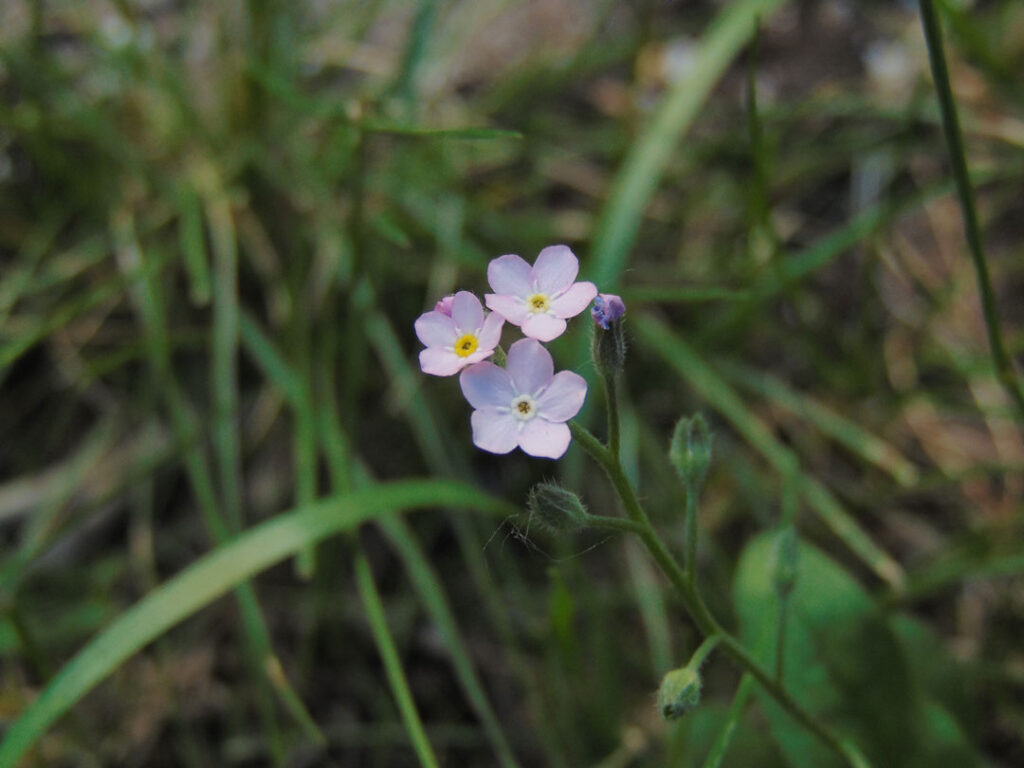
Fungi
Fungi are not technically plants; however, they use their fruiting bodies in the same way that plants do. Fruiting bodies in mushrooms are the noticeable caps like on a toadstool. Each fungus contains mycelium which comprises the main part of them. Mycelium appears as a tangle of white fibers and can interconnect the entire floor of a forest. The stalky parts of fungi are called hypha.
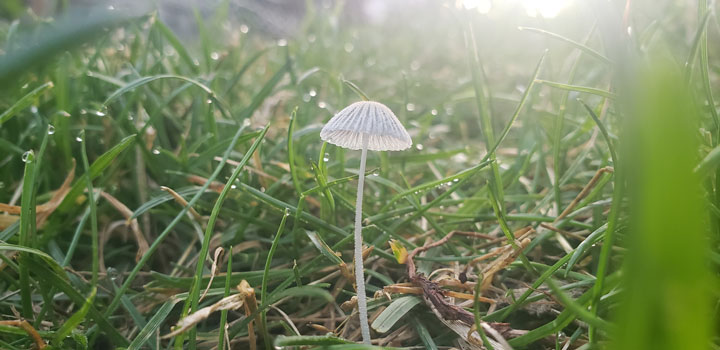
Fauna
Fauna are the living creatures of the natural world. From the birds of the sky to the bottom-feeding invertebrates of the ocean. Any living thing which displays instinctive thought and sentience; is capable of experiencing or reacting to pain, stress, and fear. This includes us, humans, as well. Mammals, birds, fish, reptiles, and amphibians are typically vertebrates; contain an internal backbone.
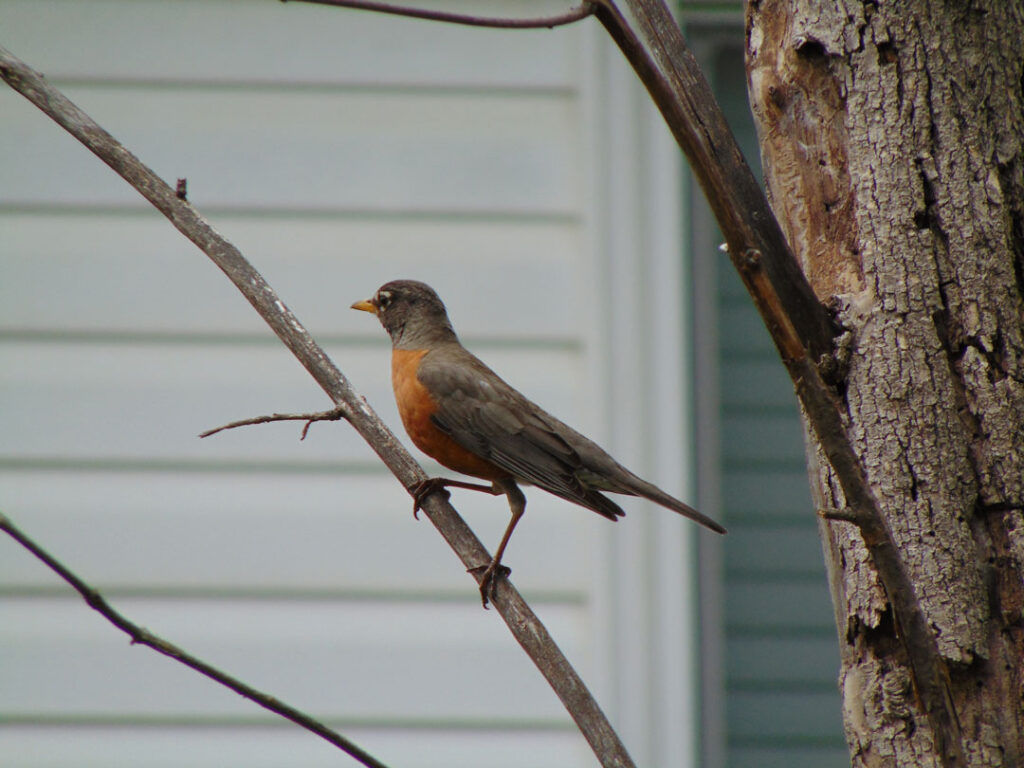
Mammals
All mammals are warm-blooded, have teeth, but most importantly have mammary glands which produce milk. They are also endothermic; can maintain a consistent internal body temperature.
Mammals are typically shy unless they are used to humans or hungry carnivores; meat-eaters. They are also mostly nocturnal; come out at night. When reproducing, most species will do so at a specific time or season of the year. Mice tend to reproduce six weeks after birth and do so continuously year-round. While foxes only reproduce in the winter, and red deer only in the autumn. They can be precocial; Wide-eyed, fluffy, cute, requiring one parent, or altricial; naked, blind, repulsive, and helpless, requiring both parents. There are many different types of mammals, which live across land, air, and sea.
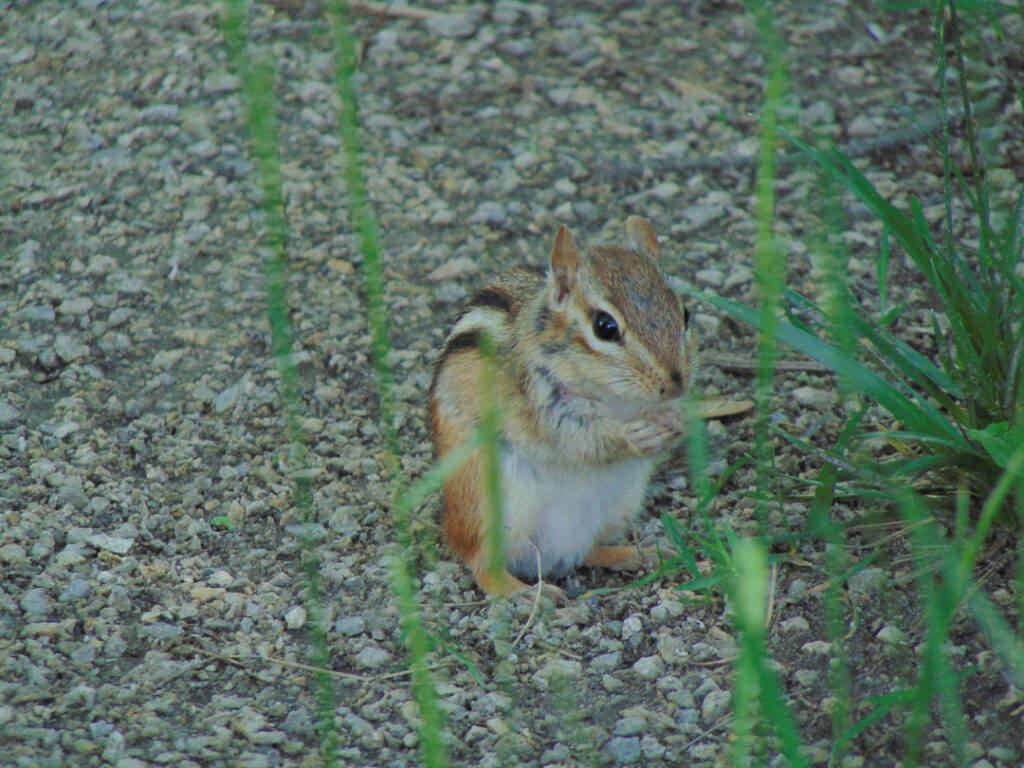
Birds
Birds typically have feathers, are warm-blooded, lay eggs, and are mostly airborne. Their anatomy doesn’t stray far from two wings, two legs, and a beak or bill. Each bird develops traits based on its habitat.
Birds like to nest in the spring when the weather is fair and the food is abundant. They create nests with the partners they found in the late winter. Males typically show off to their mates by bringing food, performing a dance or doing a task.
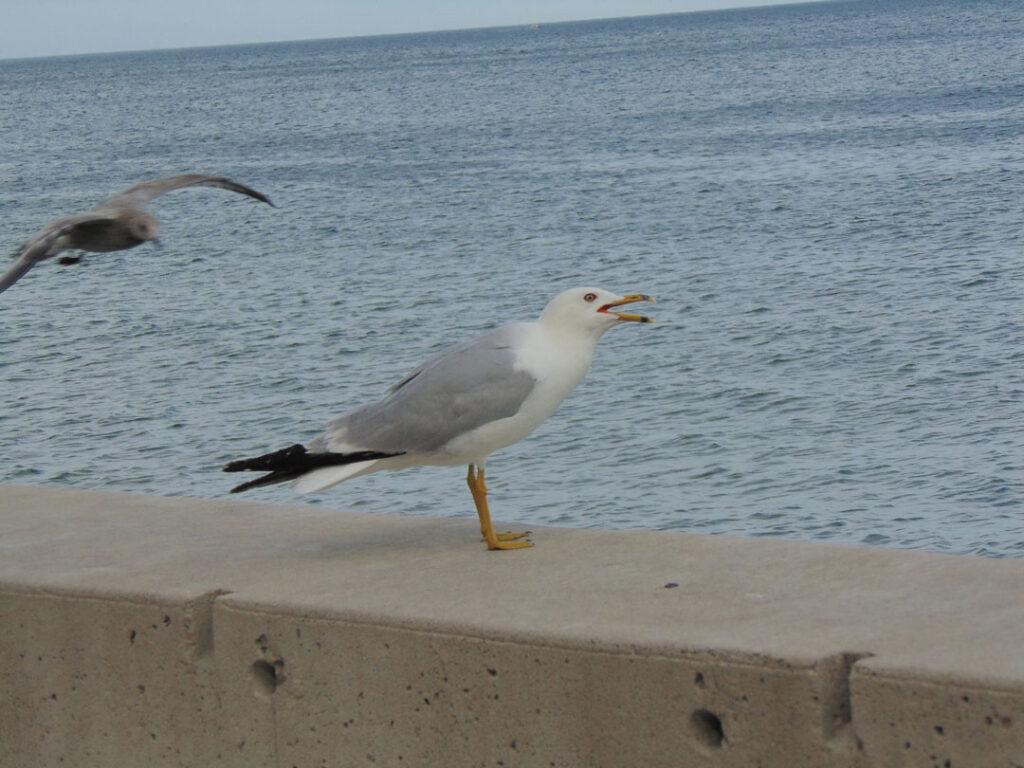
Reptiles & Amphibians
Reptiles and amphibians lack the ability to regulate their body and blood temperatures. They rely on the heat in the air or the sun to keep them active and mobile. The cold causes them to hibernate, which is something they actually find relaxing.
Amphibians undergo a metamorphosis, a great change in appearance or character, before reaching maturity, like the most frogs.
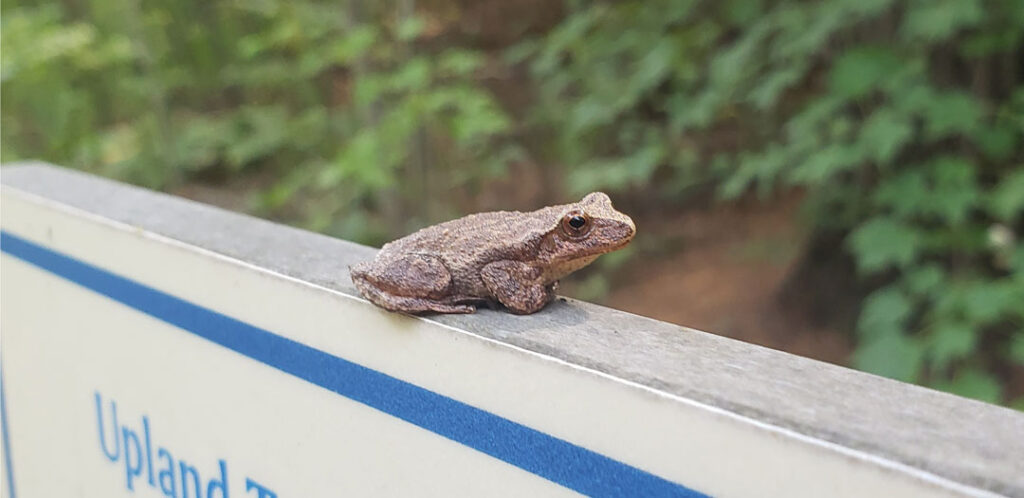
Fish
The original vertebrate animals, every animal we see evolved first from a fish. They typically have streamlined bodies, fins on either side of their body, a tail fin, and a pair of gills. Examples of animals classified as fish are sharks, carp, trout, rays, salmon, catfish, seahorses, and eels.
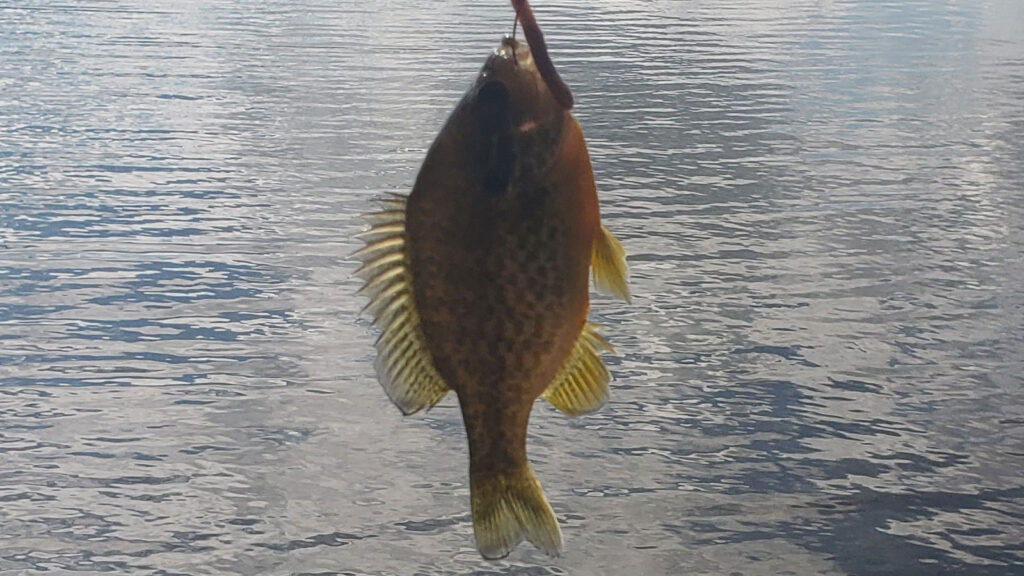
Insects & other invertebrates
All insects share common anatomy which classifies them as an insect and lack a backbone.
| Universal Insect Anatomy | |
| Component | Description |
| Thorax | Connects all six legs at a junction at the base of the body Wings may be attached here too |
| Compound eyes | An eye system comprised of many tiny simple function eyes Typically arranged in an array at the end of a stalk |
| Antennae | A sensory organ may detect sounds, vibrations, smells, and temperature changes Can also be used as feeding appendages |
| Abdomen | Typically encased in an exoskeleton, guts and internal organs are contained here, and may also contain mating organs |
Table 1: Typical insect anatomy
Metamorphosis
All insects, like amphibians, undergo a transformation from infancy to adulthood. Insects emerge as worm-like larvae and typically form a pupa or cocoon from which they emerge as an adult. Larval insects cannot leave their cocoon until their wings fill with blood. Some insects emerge as nymphs, which are just smaller, wingless, and less developed than an adult insect. When nymphs are ready to mature, they cling to something like a reed and their exoskeleton hardens, when it emerges as an adult they can fly immediately, leaving their old husk behind.
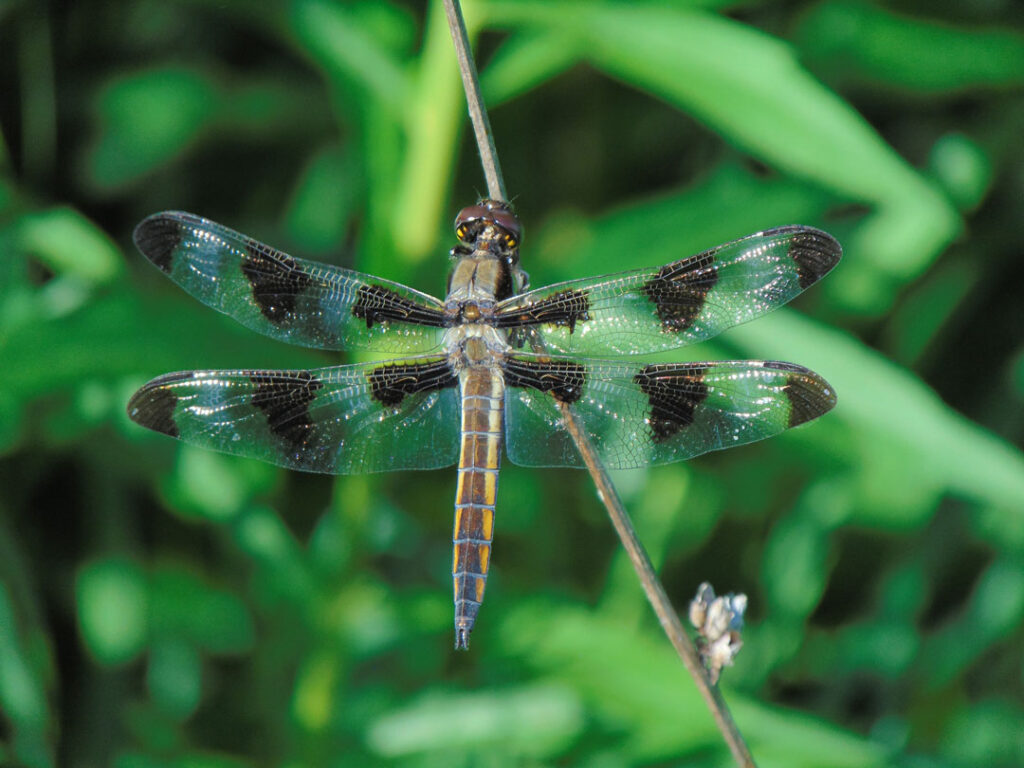
Microbes
Microscopic organisms which are invisible to the human eye without scientific magnification instruments. Single cells organisms like Amoebas and euglenas. They can be slightly complicated like protozoans, participating in cleaning waste away from a general area. Can be very simple like bacteria and operate to break down matter and release gasses. Can also be viruses, the sole purpose of which is to completely assimilate the host and take over either a single cell or a multi-cellular organism.
Planet Earth
Our planet is very beautiful, powerful, and nurturing. There are many elements that our home is comprised of. From external influences such as weather to the climate, our earth’s crust and mantle to where it sits in space, in orbit around our Sun.
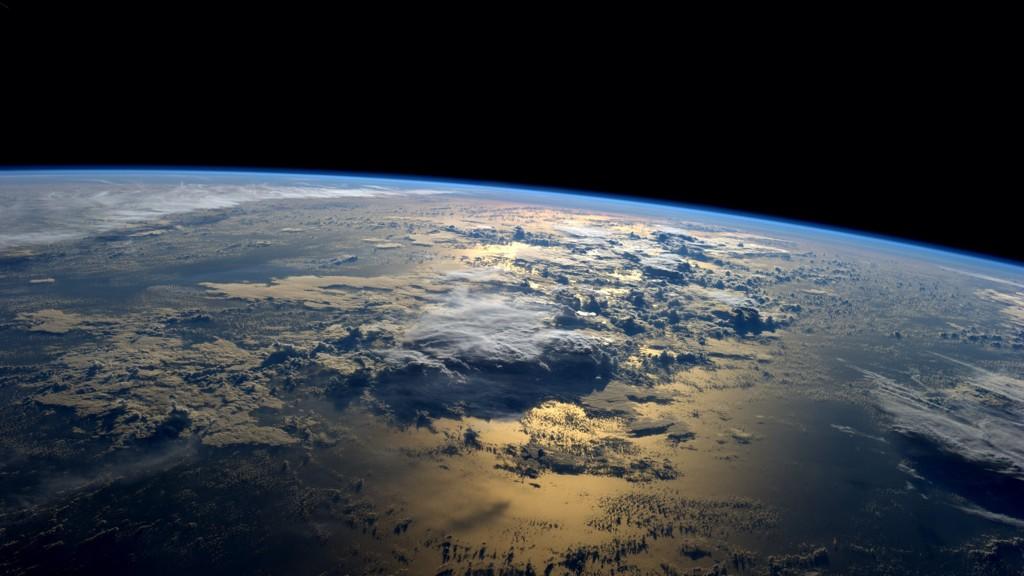
Figure 1:https://spaceplace.nasa.gov/gallery-earth/en/
Weather
On earth the weather is determined by the atmosphere; a capsule of gasses that surround planetoids, held up by gravity. Earth’s atmosphere is comprised of 78% Nitrogen, 21% Oxygen, 1% Argon, and is made up of five distinct layers.
| Layer | Temperature (°C) | Distance from the ground (km) |
| Troposphere | 15 to -56 | 0 – 18 |
| Stratosphere | -56 to -2.5 | 18 – 50 |
| Mesosphere | -2.5 to -86.5 | 50 – 90 |
| Thermosphere | -86.5 to 1200 | 90 – 800 |
| Exosphere | 1200 | 800 – 3000 |
Table 2: Five distinct layers of the earth’s atmosphere and their properties
Wind is formed when less dense air meets more dense air. The dense air flows into the less dense area causing winds to “blow”. Air density is determined by how much water is in the air and can vary based on the temperature.
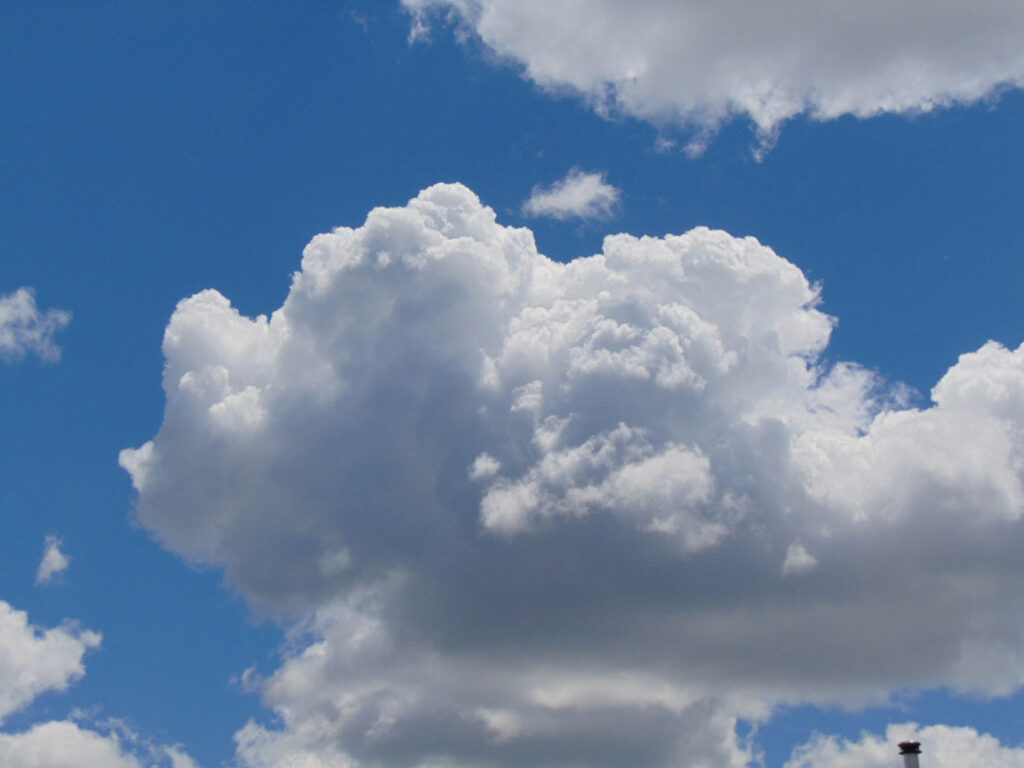
There are many types of clouds that all have different functions and characteristics.
| Cloud Type | Description |
| Cirrus | High, wispy, white clouds, also called Marc’s tails. Many in one place form a sheet referred to as cirrostratus. Water here is held as ice. |
| Cirrocumulus | High, white, fluffy little clouds organized in rows. Tend to morph into another cloud type or dissipate. |
| Altostratus | Mid-level, uniform, whitish-grey. May drizzle. Overcast clouds. |
| Cumulus | Low, big, fluffy white clouds, mostly non-threatening but may develop into storm clouds. |
| Cumulonimbus | Low, big, tall, fluffy, shaped like a top hat; storm cloud. Capable of producing heavy rains and lightning. |
Table 3: Cloud types and their descriptions
Climate
The climate on earth is dependent on the Earth’s tilt and orbit. The seasons and hours of daylight change depending mostly on those two factors. The earth’s shape is called an oblate spheroid; meaning sphere-like but not perfectly spherical. The angle of the earth’s tilt is 23.5°.
Earth
Our planet earth contains a core with many layers leading to the earth’s outermost layer the crust; which is where we live. The crust is a lot like the earth’s skin; however, it is not in one piece it is comprised of tectonic plates; large slabs of earth’s crust that cover it.
The tectonic plates meet and rub together, sometimes overlapping at areas called fault lines. Earthquakes occur when energy is released along fault lines, either when they collide or when they rub together. When earthquakes happen along the ocean floor, they create a tsunami; a giant devastating wave.
Along these fault lines volcanoes and undersea vents form, if one were to delve into these holes in the earth they would lead to the earth’s mantle. Volcanoes act like earth’s pressure valves when needed, unleashing ash, or lava; molten rock. Sometimes groundwater is in close proximity to lava underground and geysers are formed spewing hot water or heating hot springs.
Rocks
There are three main types of naturally occurring rocks on earth.
| Rock Type | Description |
| Igneous | Formed by volcanic activity, hardened magma. Volcanic rocks. Ex/granite or obsidian |
| Sedimentary | Formed by compression, layering on top of older rocks over time. Contains fossils. Ex/petrified wood, limestone, sandstone, fossils, etc. |
| Metamorphic | Begin as igneous or sedimentary but have been altered by extreme heat and no longer show typical characteristics of either rock type. Ex/ Marble |
Table 4: Types of rocks naturally occurring on earth
Space
Our planet orbits the Sun and sits perfectly in the habitable zone where we are not too far or too close to the sun and life is allowed to flourish on the planet’s surface.
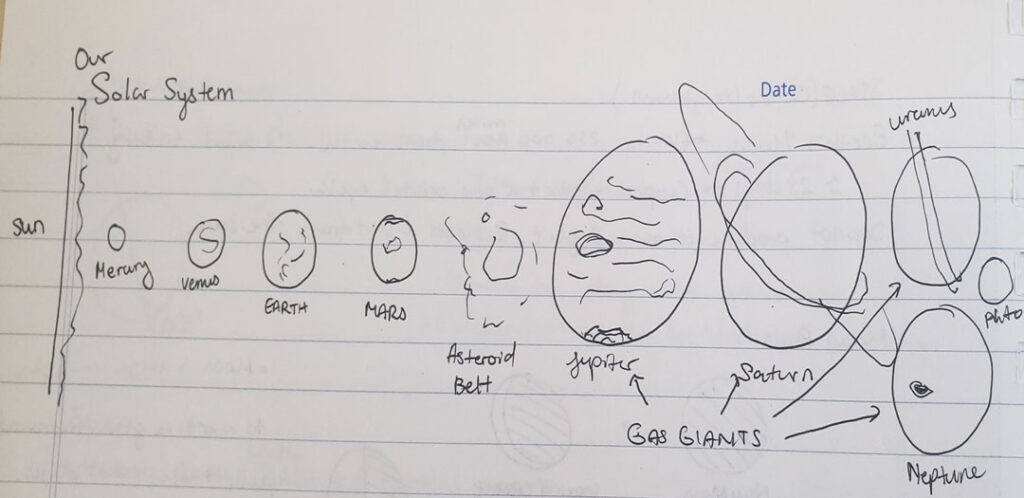
Moon
Earth’s moon floats 250,000 miles from the earth. Its orbit around the earth takes approximately 28 days to complete and begin again. Our moon doesn’t produce its own light, it reflects light from the Sun.
The moon is large enough to exert a gravitational pull; a force that pulls solid objects toward each other, the bigger the object the stronger the pull.
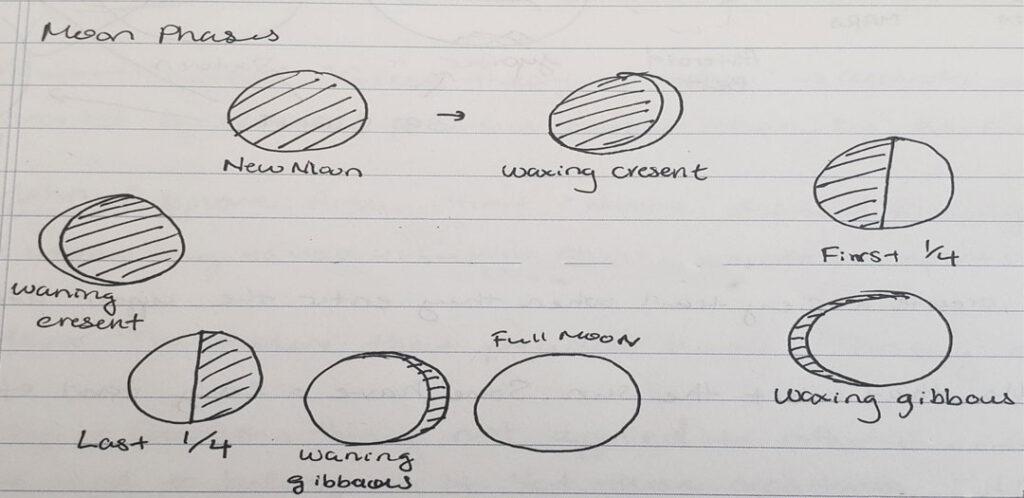
The tides of the oceans are the biggest when the moon is a new moon or a full moon, as that’s when the moon is closest to the earth.
From earth, we can see the phases of the moon over the 28-day moon cycles. However, sometimes there are special events called eclipses when the moon bring night to day or changes phases very quickly and sometimes even changes colour. There are two types of eclipses viewed from earth.
| Eclipse | Description |
| Solar | A new moon path crosses in front of the sun, bringing darkness to the day, nice to look at with special glasses, otherwise, your eyes will take considerable UV damage. |
| Lunar | Occurs when the earth’s shadow falls on the moon, seen at night, the moon rapidly changes phases and colour, from a typical colour to a dark reddish-brown. |
Table 5: Eclipses viewed from the earth’s surface
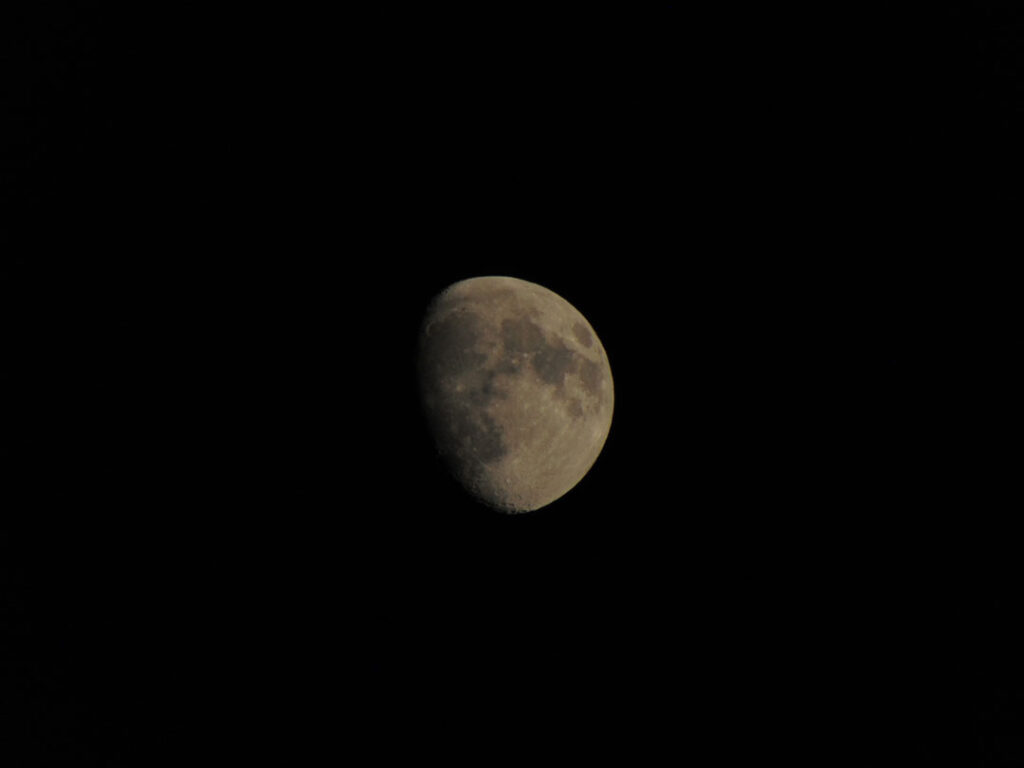
Earth’s Sun
Our sun is a yellow dwarf star; all the planets in our solar system orbit the sun. The closer the planet is to the sun the faster it completes a single orbit around it. The Sun is a star and stars constantly burn due to continuous hydrogen gas reactions of thermonuclear fusion; a process that turns hydrogen into heavier elements and releases a lot of heat energy in the process.
Ecology
Ecology is the web of life that covers our entire planet. There are many ecosystems across the different climates on earth but on the large scale, they are all connected. The flora and fauna contained within are endlessly hunting, hiding, living within or on top of each other, competing or cooperating for resources, or simply co-existing. The brutal yet harmonious dance of life.
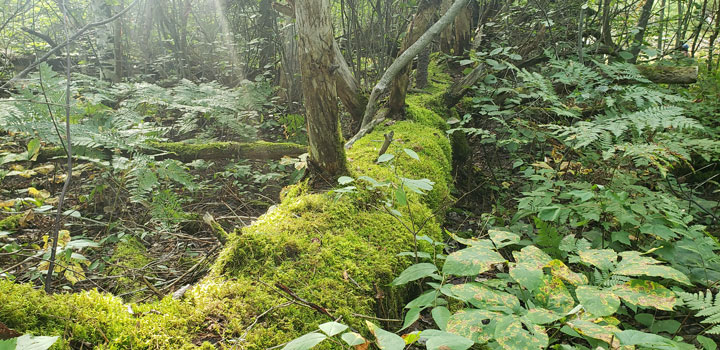
Ecosystems are a system of balance within a habitat from the weather to the plants and animals. They are flexible but can be destroyed if altered too heavily. For example, if certain plants grow under humid conditions, a sharp change in temperature will have large sweeping consequences. However, if one plant is slowly phased out over 200 years, the remaining members of the ecosystem will learn to adapt over time. But, if you add a new animal too many too quickly or start a construction project, these things devastate an ecosystem.
Circle of Life & Food Chain
Life in most places follows this model
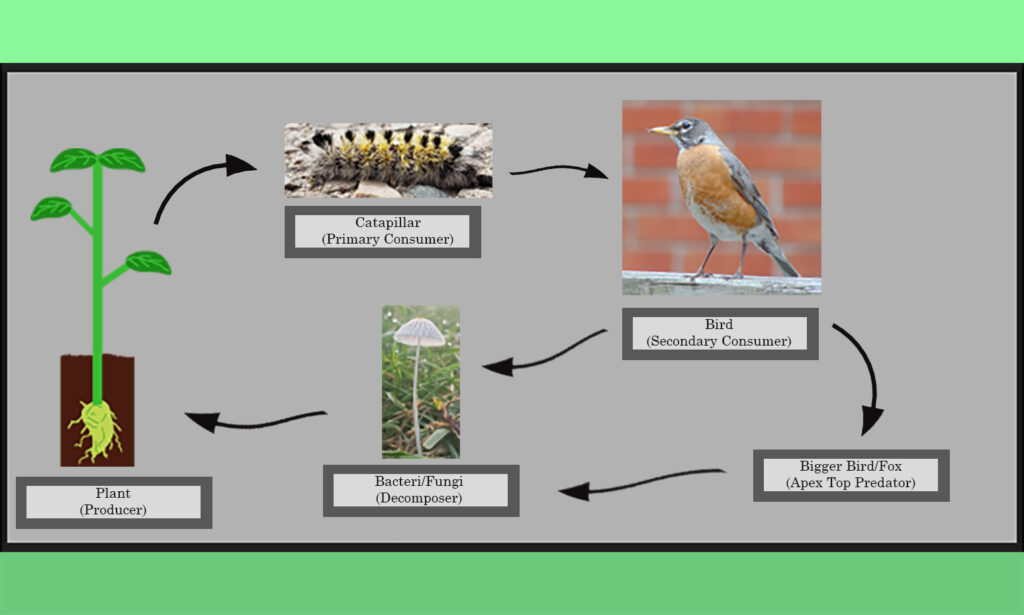
- The caterpillar eats the plant
- The bird eats the caterpillar
- The bird is prey to other predators
- When they die the fungi & bacteria consume them
- Seeds inside the decomposed birds & the remaining waste make perfect conditions for new plants to grow. The cycle continues.
The Delicate Balance of Nature
Too much or too little of something taken away or introduced to a habitat too quickly will destabilize and destroy it. The more species contained in the ecosystem, the more resilient it will be to change. All ecosystems are connected in one way or another. It is crucial to pay attention to this delicate balance, especially for our own needs, like growing crops and raising cattle. The delicate balance of Nature.
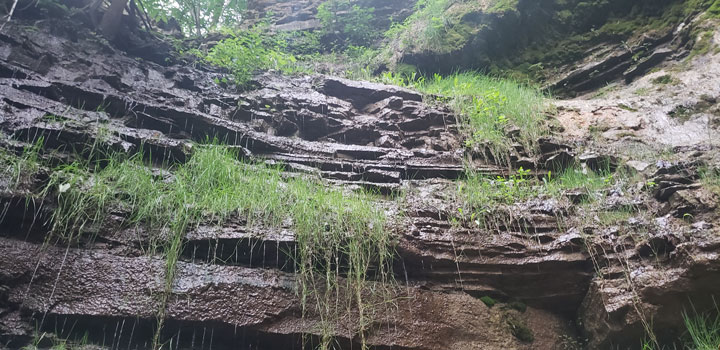
Citations
Čirjak, A. (2020, May 1). What are the 5 layers of the Earth’s atmosphere? WorldAtlas. Retrieved July 15, 2022, from https://www.worldatlas.com/articles/what-are-the-5-layers-of-the-earth-s-atmosphere.html
Taylor, M. (2009). The nature book: What it is and how it lives. Michael O’Mara Books Ltd.
Butt, E. (2020, January 29). Night on Earth. Night on Earth. whole, Netflix.
Osho. (2013). In Living on your own terms: What is real rebellion? St. Martin’s Griffin.
Greene, R. (2018). The laws of human nature. New York, New York: Viking.
Soper, K. (1995). What is nature? Blackwell.
Valades, D. (1579) Image of the Great Chain of Being, from Retorica Christiana.

0 Comments